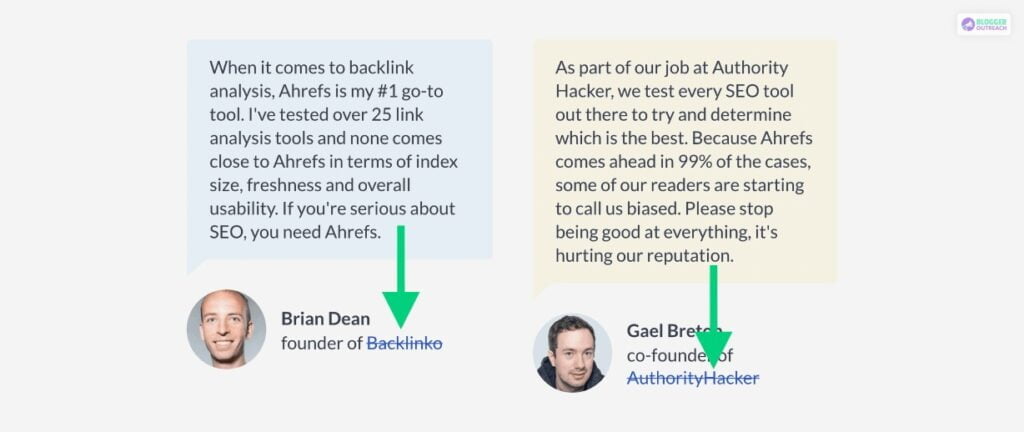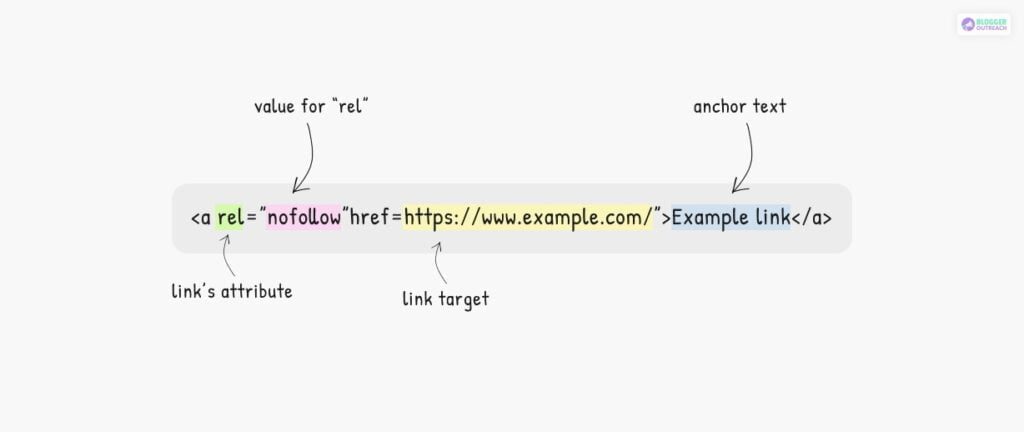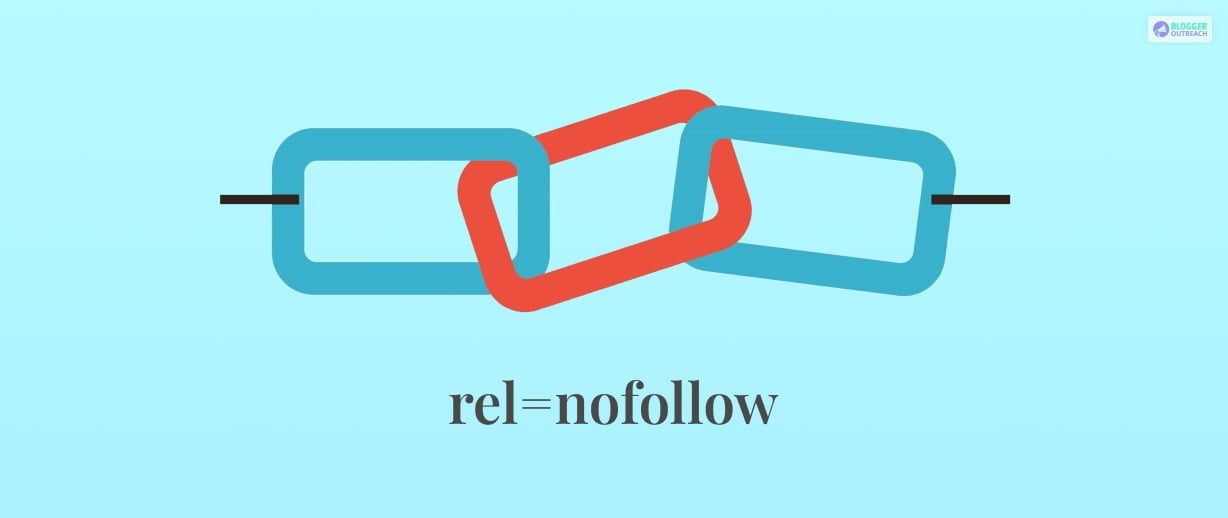Table Of Content
Though it is invisible to website visitors, but…
…If you’re someone from the SEO landscape, we are certain that you’ve already heard the term, No Follow Link.
And it’s okay if you don’t have an idea about the same.
Well, let’s begin…
To deal with spammy links, No Follow Links came into existence in 2005.
What are No Follow Links? Is it really important from the SEO perspective?
Some say that No Follow Links do not directly impact rankings, whereas others do not feel the same.
It doesn’t matter whether you’re a newbie or a nerd; there is never-ending confusion about WHETHER No Follow Links are a ranking factor or not.
That is why it is essential that you know them correctly.
This article will embark on No Follow Links and give you a logical explanation of whether No Follow links really make sense in ranking or not.
So without further ado, let’s dive into this article.
What Is A No Follow Link?

No Follow links come with a rel=”nofollow” HTML tag. This ‘rel’ attribute provides the context and relation of the page with the target.
(A rel attribute is something that portrays the relationship between the source and destination of a link.)
What does nofollow link mean?
They instruct the search engine not to follow the links and to refrain from using this page for indexing. That is the sole reason why No Follow links do not pass any page authority.
No Follow Links Generally Look Like This:

Types Of No Follow Links

In 2019, Google incorporated two more attributes pertinent to No Follow links. Apart from the rel=”nofollow” tag, two more tags, such as rel=”ugc” and rel=”sponsored” came into the picture.
The idea behind launching these two attributes was to understand a link in a much clearer way.
Look at what Google has said on these links:

Well, now let’s understand them better:
rel=”sponsored”: A sponsored link indicates that the link is intended to promote a product and comes with a monetary benefit. There is also a chance that the link is for advertisement or other compensation agreements.
rel=”ugc”: It comes with a nofollow tag for user-generated content, such as comments and forum posts. Adding a ‘ugc’ link helps to prevent getting spammy links.
rel=”nofollow”: As mentioned earlier in this article, you can use nofollow tags when you don’t want Google to pass website authority for any specific link.
When Are No Follow Links Used?
No Follow links serve multiple purposes –
- Not Passing Ranking – No Follow links are used primarily to prevent search engines from following the link and assigning its associated ranking value to the linked website.
- Prevents Spamming – They are beneficial for websites that are not relevant to the content of the linking website or websites that the webmaster does not trust.
- Keeping Harmful Content Aside – It can deter search engines from indexing certain pages, such as pages with sensitive information.
- Prevents Google Penalty – Always tell Google if you’re being paid to promote a link or if it’s an advertisement – and remember to mark such links as dofollow.
How Google Considers No Follow Links
Let’s cite an official statement from Google “For crawling and indexing purposes, NoFollow will become a hint as of March 1, 2020.”
Earlier, Google considered the No Follow Link as a command. After the 2020 update, No Follow Links became a hint.
Google doesn’t associate the links with the site. What they can do is use the link as discovery. That means No Follow Link won’t benefit your ranking. But chances are there that Google can leverage No Follow Link to decide your rankings.
UGC And Sponsored Values

In addition to this policy update, there are two other new facts to No Follow Links. To mark a link’s specific use, Google introduced two new attribute values, that are rel=”sponsored” and rel=”ugc.”
These two are aimed at tweaking the usage of the No Follow Link in certain cases, and they will reflect the exact source of a link.
The search engine recommends using “sponsored” for all ads or paid placements and “ugc” for user-generated content (UGC) links, like comments and forum posts, in a simple way.
The nofollow link attribute is still an option for all scenarios, but Google prefers the two new types of links as they provide more information.
The findings of Google’s 2019 Webspam report revealed that…
“Originally introduced as a means to help fight comment spam and annotate sponsored links, the “nofollow” attribute has come a long way. But we’re not stopping there. We believe it’s time for it to evolve even more, just as our spam-fighting capability has evolved.
We introduced two new link attributes, rel=”sponsored” and rel=”ugc”, that provide webmasters with additional ways to identify to Google Search the nature of particular links. Along with rel=”nofollow,” we began treating these as hints for us to incorporate for ranking purposes.
We are very excited to see that these new rel attributes were well received and adopted by webmasters around the world!”
Here is the link to the report.
John Muller: Marking Outbound Links As Nofollow Is A Wrong Practice

Google’s John Mueller clarified that marking all outbound links as nofollow does not benefit rankings. It can even lead to problems over time as it is considered an unnatural way of linking.
Some sites use rel=nofollow on all links to err on the side of caution. However, Mueller suggests that publishers should trust and stand behind their content.
Moreover, news publishers should be able to discern which part of their content should be indexed and stand for. In fact, they should use normal links for those elements.
Normal linking on a website is seen as a positive signal, indicating that the site is part of the regular web ecosystem.
Well…well..well…
Question
“What do you think about the practice of some big publishers tagging all outgoing links with rel=nofollow?
From what I know, the reasoning behind this is that with follow links you would leak link juice and then rank worse.”
Muller’s Reply
“So that’s definitely wrong. It’s definitely not the case that if you use normal links on your website you would rank any worse than if you put nofollow on all outgoing links.
I suspect it’s even, on the contrary, that if you have normal linking on your page then you would probably rank a little bit better over time – essentially because we can see that you’re part of the normal web ecosystem. So it’s definitely not the case that you have any kind of ranking advantage by marking all outgoing links as nofollow.”
Types Of Links That Are No Follow
Nofollow It’s like a “hands-off” signal for search engines.
Now, let’s talk about the popular sources where you often find nofollow links:
1. Blog Comments
When you comment on a blog post and include a link to your website, it’s usually a nofollow link. This means it won’t boost your SEO.
2. Social Media
Links in your Facebook posts or YouTube video descriptions fall into this category. They are tagged as nofollow, so they don’t impact your search engine rankings.
3. Forum Posts
Similar to blog comments, links in forum posts are often nofollowed. This includes any links you share in discussion threads or user-generated content.
4. Certain Blogs And News Sites
Some well-known websites like the Huffington Post use the nofollow tag for their outbound links.
5. Links In Widgets
If you have links in website widgets (those small tools or add-ons), they are typically marked as nofollow.
6. Press Release Links
Links in press releases are generally nofollowed as well. This is because they are often used for promotional purposes.
7. Paid Links
This is an important one. According to Google’s guidelines, any links you pay for should be nofollowed. Google wants to ensure that links are earned naturally, not bought.
For instance, if you pay for a banner ad on a website, the link in that banner should be followed. If you don’t follow this rule, your website might face penalties from Google.
And some popular websites use the rel=”nofollow” tag on all their outbound links. These include Quora, YouTube, Wikipedia, Reddit, Twitch, and Medium.
Our Takeaway – Are No Follow Links a Ranking Factor?
No Follow links are not a ranking factor. However, they can be helpful in boosting your brand awareness.
The factor you need to consider here is that if Google wishes to use these link attributes for ranking, it can. But Google has yet to officially confirm that they will capitalize NoFollow Links for ranking.
No Follow Links can improve your SEO efforts. Even with no link authority, No Follow Links from reliable sites can be seen as a sign of authority. As an example, Wikipedia pages with No Follow Links can be used.
There is also an indirect impact (which has been around for a while). Let’s look at Wikipedia for an example. You’ll find that many people use Wikipedia sources as references in their own content, which often leads to them linking back to the original source. People often copy sections (or even whole pages) from Wikipedia and keep the links intact.
To sum up, there is no clear proof of whether to consider NoFollow Links as a ranking factor. Going with the official update, it is now acting as a hint. But it’s still unclear what Google indicated by the term ‘hint’. However, the importance of the NoFollow Links has evolved from the past.
So as of now, we can not consider NoFollow Link as a ranking factor. Whether you should consider it as a ranking factor is still a point of contention.
Before the 2020 update, NoFollow links were a command, and now Google considers this nofollow attribute as a hint.
Read Also:








